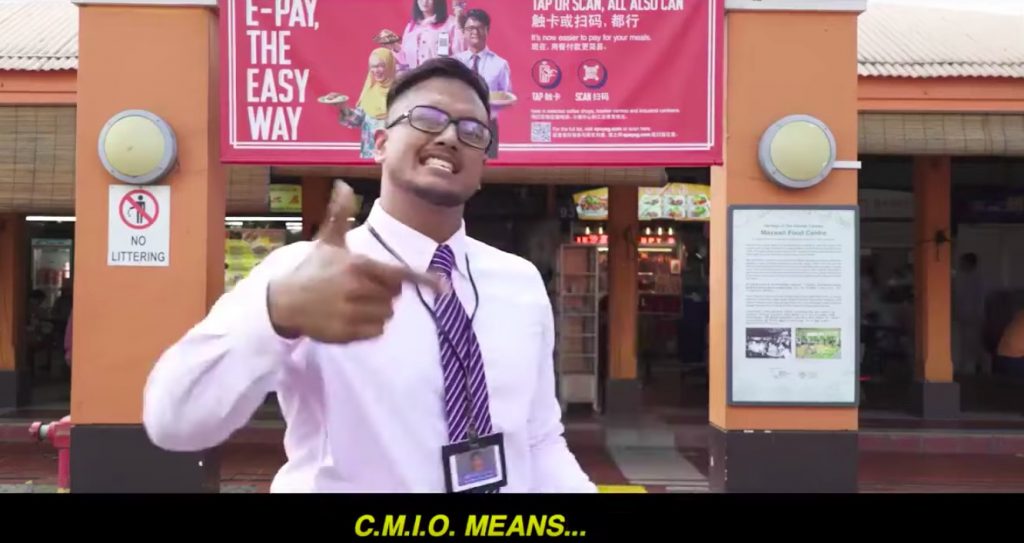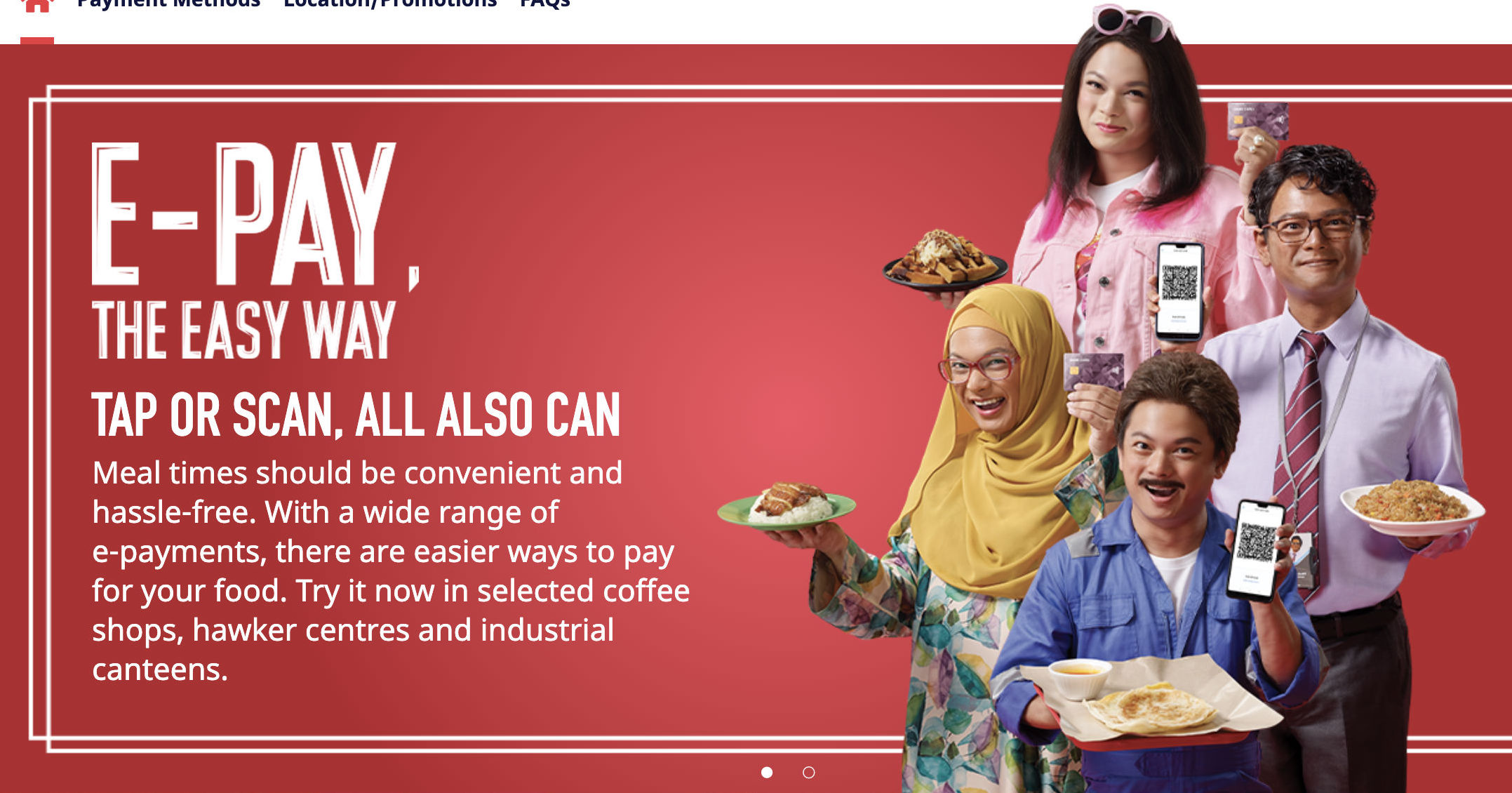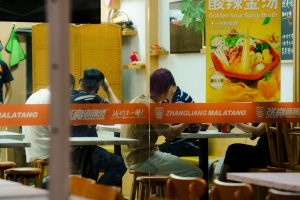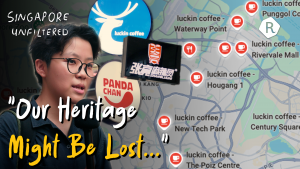To some extent, she’s right. Here in Singapore, we don’t really have a culture of “brownface”. In fact, some “brown people” don’t even know what it is!
In short, it is a derivative of “blackface”, which occurs in Western countries. Blackface is the act of colouring yourself black and behaving in a barbaric manner, which is offensive because it is a caricature of people of African origin. This includes African Americans, African Europeans, and so on— people that Singaporeans would identify as black people.
This caricature is problematic because it mocks a set of people whose only “crime” is to be a person of African origin. It reinforces barbaric stereotypes and the lack of opportunities these people face because of a system that is racist and unfair. It is meant to degrade people of African descent, making them less human.
This brings us back to brownface, and why Margaret Chan is misinformed. People need to realise that brownface, in Singapore’s context, is offensive because it is a reminder of the structural limitations Malays and Indians face. We may not have the same racial history as the West, but in Singapore, a people’s struggle for opportunities, for acceptance in an environment where Malays and Indians are the “other”, has become a tool for comedic purposes.
Because representation is incredibly important for minority groups, brownface can reinforce ugly stereotypes faced by Malays and Indians. What people need to understand is that on a daily basis, people of minority groups face structural limitations like a denial of opportunities (social, economic, etc) because of their racial identities.
It’s not to say that the majority race (Chinese in this case) are terrible people, hell-bent on harming minorities. It is just that with numbers comes a certain advantage. We call this ‘Chinese privilege’.

In Singapore, outward racism isn’t much of a problem. Micro-aggression is our bigger problem. We make unnecessary remarks regarding the achievements of minority races, like, “Wow you damn smart for a Malay!” or, “Wow you damn chio for an Indian!”
Worse still is when we make disparaging remarks based on race: “Wah you so jialat because you lazy Malay what,” or, “Why all the Indian all drunk one go home beat wife?”
You see the problem?
These microaggressions are dangerous because individually, they are fairly harmless. But it breeds resentment; a sense of minor injustice that if not handled with care, will blow up as seen with the rap video.
Also, think about it. What’s the negative racial stereotype of Chinese individuals?
Now compare that to other races.
Again, you see the problem?
What I question is that why ‘brownface’ has been met with criticism, social media backlash, etc, while the rap was met with a legal recourse—a police report?
What I fear is the idea that it is ok to mock minorities since the response goes only as far as angry comments, but it is not ok to offend the majority race because the police will get involved. Because if this is the case, is this not another example of Chinese privilege? Of double standards?
The ability to harness resources to seek a legal, permanent recourse? Whereas minority races can only turn to keyboard warriors and then get censured?
People need to realise that brownface, in Singapore’s context, is offensive because it is a reminder of the structural limitations Malays and Indians face.
I certainly expected the rap duo to be censured for their actions—and they have been.
I sympathise with them. I understand their anger. But I don’t agree with their actions. It was bodoh.
I also expected the perpetrators of that brownface ad to be censured equally as well—which we have seen in a limited way. The good news is that several people, including Chinese Singaporeans and ministers, have called out the ad for being insensitive. Even our Law Minister commented that he understood the anger some people may have felt towards the ad. Of course, he rightfully called out the rap video for being offensive as well.
Personally, I think it is wonderful that Singaporean kids can wear ethnic clothing of other races on Racial Harmony Day without being called out for cultural appropriation, and that our fusion of cuisines and languages has created something uniquely Singaporean. Among good friends, we can even crack a racial joke or two (Please note: among good friends). At the same time, our world is increasingly becoming sensitive to topics on race and identity. As an open society, Singapore will not be immune to these new ideas.
Brownface did not really exist decades ago. It is here today and younger Singaporeans, exposed to these global ideas, will have very strong opinions about this topic.
We as a society need to have this uncomfortable conversation about race and identity. And given that Singaporeans are fairly used to multiracialism, I think this conversation can work. The framing of this conversation is extremely important. I don’t believe in the idea of insulting each other to get the point across. I sympathise with minorities who feel frustrated trying to explain issues in a calm manner whilst keeping all that pent-up rage under control. It is sometimes a futile exercise to educate our Chinese friends about racism. And so for the conversation to work, you need both sides to be willing to listen. To be willing to ask uncomfortable questions to one another.
Our race is our past. But is it our future? Are we really defined by an arbitrary set of conditions, created by factors that we didn’t choose? Or can we become greater?
I sound overly optimistic but I like to think that we can.
If anything else, the fact that interracial couples are on the rise points to the fact that at least for some Singaporeans, we are more than our races. We are Singaporeans.






